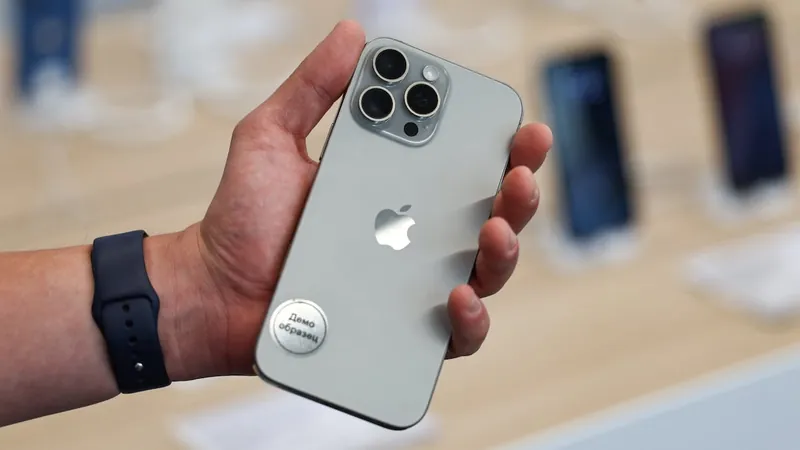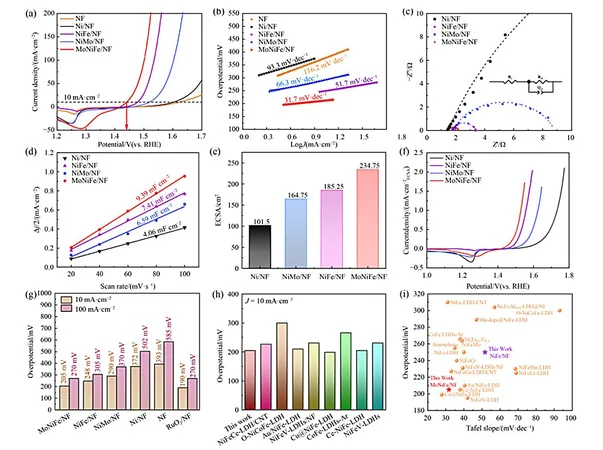
Meta's Groundbreaking AR Glasses Prototype 'Orion': A Glimpse into the Future of Augmented Reality
2024-09-29
Introduction
Meta has recently made headlines by unveiling its first-ever full-color augmented reality (AR) glasses prototype, dubbed 'Orion,' during the much-anticipated Meta Connect 2024 event. These cutting-edge glasses incorporate advanced LEDoS technology (silicon-based Micro LED) and weigh in at a lightweight 98 grams—ideal for extended use.
According to TrendForce, 2024 is poised to be a pivotal year for established brands entering the near-eye display market in the burgeoning metaverse.
Challenges Ahead
However, Meta's journey to perfect the Orion AR glasses is fraught with challenges. The company is currently grappling with the need to balance the field of view (FOV) with resolution while simultaneously cultivating a robust application ecosystem. Experts predict that a commercial release may not be on the horizon until sometime after 2027, leaving many eager tech enthusiasts waiting.
Technological Features
The Orion glasses showcase remarkable technological features, including a sophisticated optical design that utilizes a diffraction-type waveguide made from durable silicon carbide (SiC). Alongside JBD’s sophisticated three-panel full-color LEDoS technology, the glasses achieve an impressive 70-degree FOV, though they are still a prototype primarily intended for developers and testers.
Mass production has not been planned yet due to various hurdles, one being the steep expenses associated with LEDoS micro-display panels.
Battery Life and Costs
Another significant concern lies in the device's battery life, which currently caps at just two hours. Coupled with the high production costs—potentially pushing individual units to around $10,000—the path to widespread consumer availability appears rocky.
Market Projections and Trends
TrendForce elaborates that lightweight AR devices like Orion are ideally positioned for AI integration. Their compact design paired with LEDoS technology makes them an enticing prospect, offering high brightness, miniaturization, and low power consumption.
If the industry can overcome current limitations in full-color LEDoS solutions through innovative advancements, we might see this technology become a frontrunner in the AR landscape.
Interestingly, the AR device market as a whole is anticipating significant growth, with projections estimating that sales will reach 25.5 million units by 2030. A key player in this market could very well be LEDoS technology, expected to command 44% of the market share as it establishes itself as the premier solution.
Competition in the Market
Meanwhile, Apple’s Vision Pro VR/MR headset shipments in early 2024 fell short of expectations primarily due to its hefty price tag. As Meta endeavors to make inroads into the consumer market, finding an optimal balance between FOV and resolution while enhancing its application ecosystem will be critical.
Conclusion
Though Meta's Orion AR glasses may not hit the commercial market until after 2027, the future looks bright for augmented reality technology. With continuous investment from major brands and accelerated application development, we may soon witness the dawn of advanced, affordable head-mounted displays that could revolutionize how we interact with augmented reality. Stay tuned, as this dynamic landscape unfolds with tantalizing potential!





 Brasil (PT)
Brasil (PT)
 Canada (EN)
Canada (EN)
 Chile (ES)
Chile (ES)
 España (ES)
España (ES)
 France (FR)
France (FR)
 Hong Kong (EN)
Hong Kong (EN)
 Italia (IT)
Italia (IT)
 日本 (JA)
日本 (JA)
 Magyarország (HU)
Magyarország (HU)
 Norge (NO)
Norge (NO)
 Polska (PL)
Polska (PL)
 Schweiz (DE)
Schweiz (DE)
 Singapore (EN)
Singapore (EN)
 Sverige (SV)
Sverige (SV)
 Suomi (FI)
Suomi (FI)
 Türkiye (TR)
Türkiye (TR)